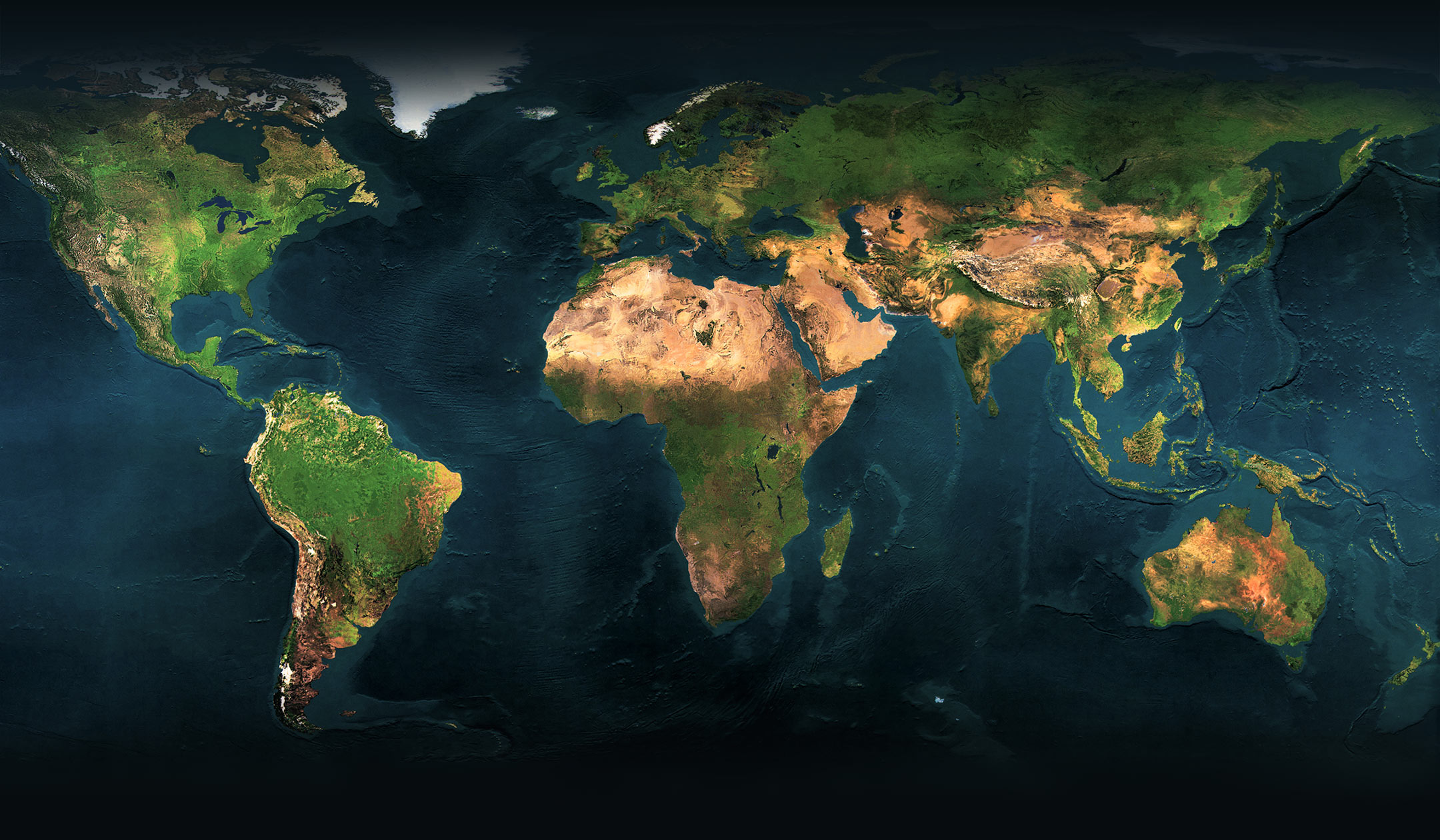Andalucia
June 2008
–
July 2008
Our first holiday in southern Spain, focusing on the inland, away from the coast. We visited the old moorish cities Granada (with the world renowned Alhambra), Cordoba with its very memorable Mezquita, and Sevilla with the Real Alcázar. And also the smaller 'pueblos blancos' such as Ronda, Antequera, Alhama de Granada, Gaucin, Zahara de la Sierra, Setenil de las Bodegas, and Grazalema. Little did we know that 12 years later, we would be living permanently in this beautiful part of Spain!
